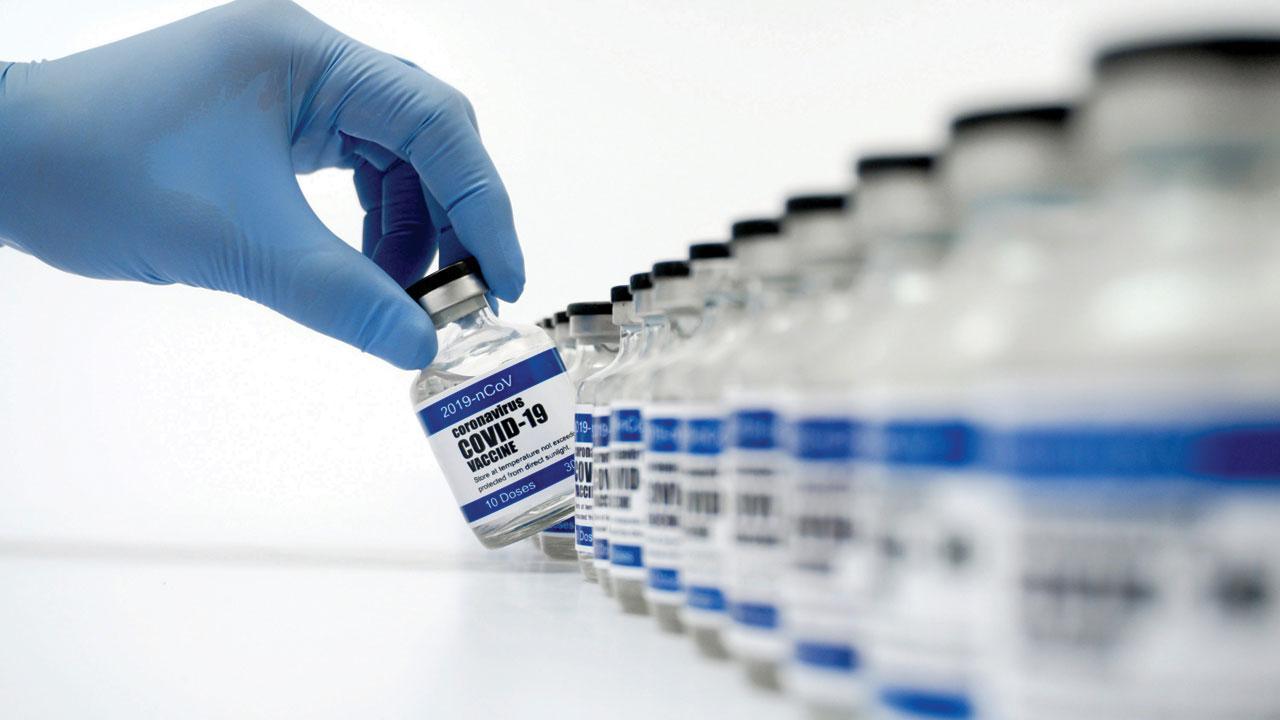Doctors in hospitals where trials were conducted say Covid-19 patients test negative within five days

First batch of the drug was rolled out on Monday. Representation pic
The new ray of hope for the treatment of Covid-19 — 2-deoxy-D-glucose, also known as the 2-DG drug — might soon turn out to be a breakthrough development in fighting the pandemic and life-saving drug for moderate to severe Covid-19 patients. The first batch of the drug, which was granted approval by the DCGI on May 1 for emergency use, was launched on Monday. While it is being said that the drug halts the spread of the virus inside the body cells, how exactly it works and which subset of patients it should be administered on still remain the questions.
ADVERTISEMENT
Dr Y G Sundara Raju, senior professor of Medicine at Andhra Medical College’s King George Hospital in Visakhapatnam
mid-day spoke to some of the medical professionals at hospitals and centres across the country where clinical trials for 2-DG were conducted and they have described the drug’s efficacy as “miraculous.”
The drug has been indigenously developed by the Institute of Nuclear Medicine and Allied Sciences (INMAS) in Delhi, which is a lab of the Defence Research and Development Organisation (DRDO), in collaboration with the Hyderabad-based pharmaceutical company Dr Reddy’s laboratories.
Also Read: DCGI nods anti-Covid-19 drug developed by DRDO for emergency use
Speaking to mid-day, Dr Y G Sundara Raju, 61, senior professor of Medicine at Andhra Medical College’s King George Hospital in Visakhapatnam, said, “King George Hospital was one of the centres that conducted the second and third phase trials.” Raju said that clinical trials were conducted on 13 patients. All of them had tested positive for the virus through an RT-PCR test — which is a criterion for administering 2-DG. “All the patients tested negative within five days of administering the drug. Only one patient took six days, but he too tested negative after that. In comparison, lesser number of people tested negative in the normal Standard of Care (SoC) group within the same number of days.”
Prevents multiplication
“This is a miraculous achievement — but the drug is meant only for mild to moderate cases since it prevents the multiplication of the virus within the body,” explained Raju, adding that the drug spreads through the body like glucose and ultimately leads to viral synthesis. “The drug accumulates in the infected cells. The glucose, which is actually analogue and not real glucose, ends up tricking or cheating the virus and doesn’t give it the energy to duplicate. Otherwise, the virus would be using the host’s glucose,” he said, adding, “Once the virus is attracted to the analogue glucose, it will exist in your body, but it won’t go to another cell. It stops multiplying.”
A government release put out earlier this month stated that in terms of efficacy, “patients treated with 2-DG showed faster symptomatic cure than SoC on various endpoints.”
Dr Akshay Budhraja, 33, senior consultant at Aakash Healthcare Super Speciality Hospital’s Department of Respiratory and Sleep Medicine in Delhi, is one of the 27 principal investigators of the 2-DG trials.
Good results
“The trials at our centre were conducted on a limited number of patients. It is very difficult to convince patients and get them to participate in a trial while they are suffering from the viral infection. This is why it is difficult to conduct clinical trials in India.”
“The number of patients among whom the trial was conducted was not significant, but the results were good in many ways for those patients who had moderate to severe Covid-19 infections. The conversion from positive to negative was extremely quick as compared to SoC. Many patients (at our centre) turned negative on Day 3 or Day 4 of administering the drug,” said Dr Budhraja.
Breaking down the effect of 2-DG on infected cells, he said, “It is a glycolysis effect. The virus needs glucose for its growth, but instead of glucose, it binds to this 2-DG molecule.
After that, the infected cell(s) don’t grow, the virus becomes dead (or dormant) and stops multiplying, because of which there is a decrease of viral load.”
Timing important
Budhraja further stated that the timing of administering 2-DG was extremely important.
“It needs to be given to symptomatic patients who have moderate to severe infection. It should not be given in mild cases because these patients, although they have fever and cough, have no breathlessness and no requirement of external oxygen.”
 Subscribe today by clicking the link and stay updated with the latest news!" Click here!
Subscribe today by clicking the link and stay updated with the latest news!" Click here!






